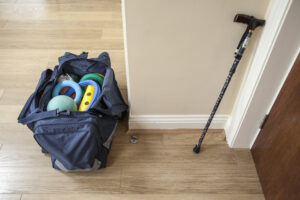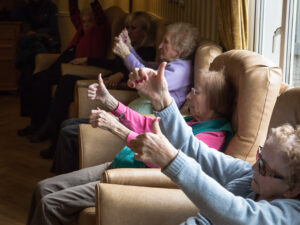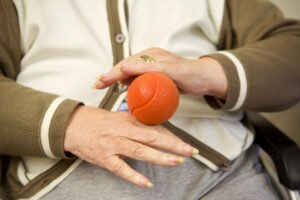
Physical Activity for Polio Survivors
Taking Steps to being Active: Facing the Challenges for Polio Survivors Dr. Deirdre Murray, PhD Clinical and Research Physiotherapist, Beaumont Hospital and Trinity College Dublin

Taking Steps to being Active: Facing the Challenges for Polio Survivors Dr. Deirdre Murray, PhD Clinical and Research Physiotherapist, Beaumont Hospital and Trinity College Dublin

WHO Release exercise toolkit to help prevent and manage Non Communicable Diseases. Recently the World Health Organisation released a brand new initiative called Active: a

World Arthritis Day – The importance of exercise to manage Arthritis. What is arthritis? Arthritis is the terminology used to describe inflammation of the
Legal Notice | Disclaimer | Complaints Procedures | Site Map | CHY 19489 | CRA 20076504 | 18 Eustace Street, Temple Bar, Dublin 2, DO2 WR53 | info@sielbleu.ie | 01 209 6889 | Copyright © 2024 Siel Bleu